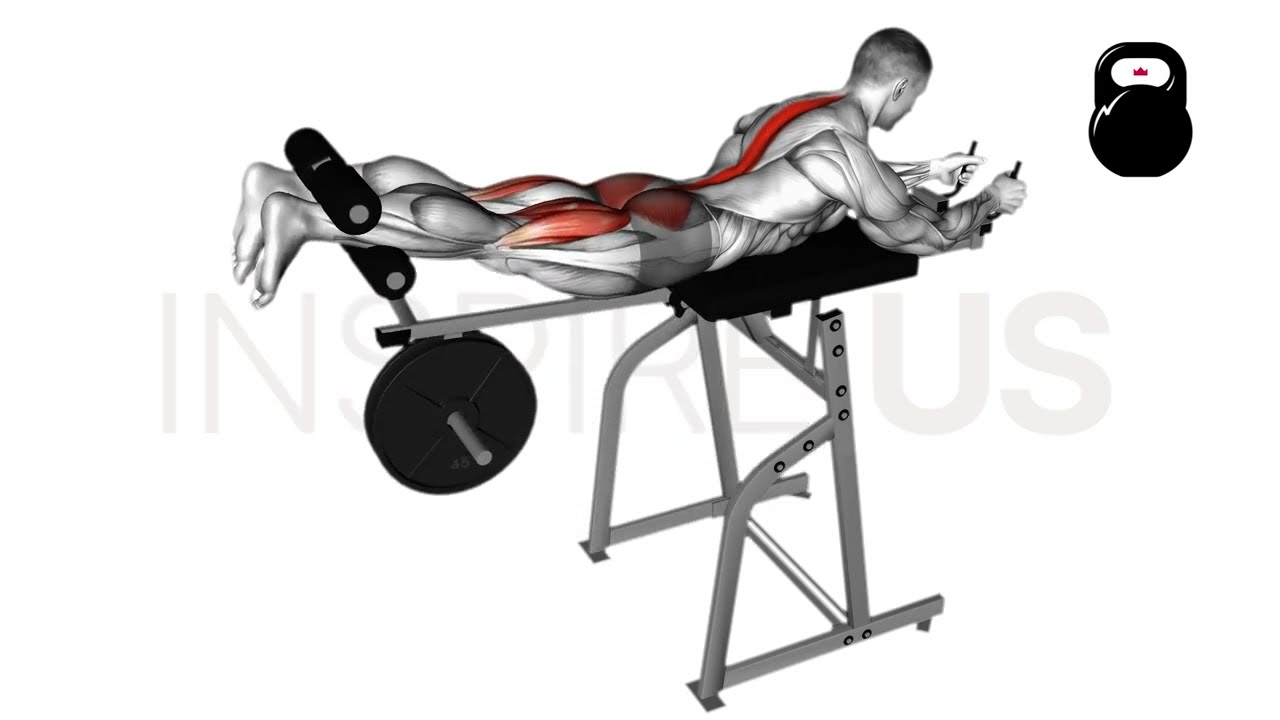Reverse Hyperextension: Benefits, Muscles Worked, and More
Occasionally shortened to just “reverse hypers”, the reverse hyperextension is a highly effective lower body exercise involving the lifter extending their legs and lower back into the air as they lay face down atop an elevated object.
Most often, reverse hyperextensions are performed as a method of reinforcing, mobilizing and strengthening the various muscles found throughout the posterior chain - glutes and hamstrings included.
In order to achieve these benefits and more, it’s important to perform reverse hyperextensions in the most optimal way possible. Follow along as we explain just that, as well as a few common mistakes you’ll want to avoid.
What is a Reverse Hyperextension?
Reverse hyperextensions are a single-joint compound exercise involving hip extension as the remainder of the body remains immobile.
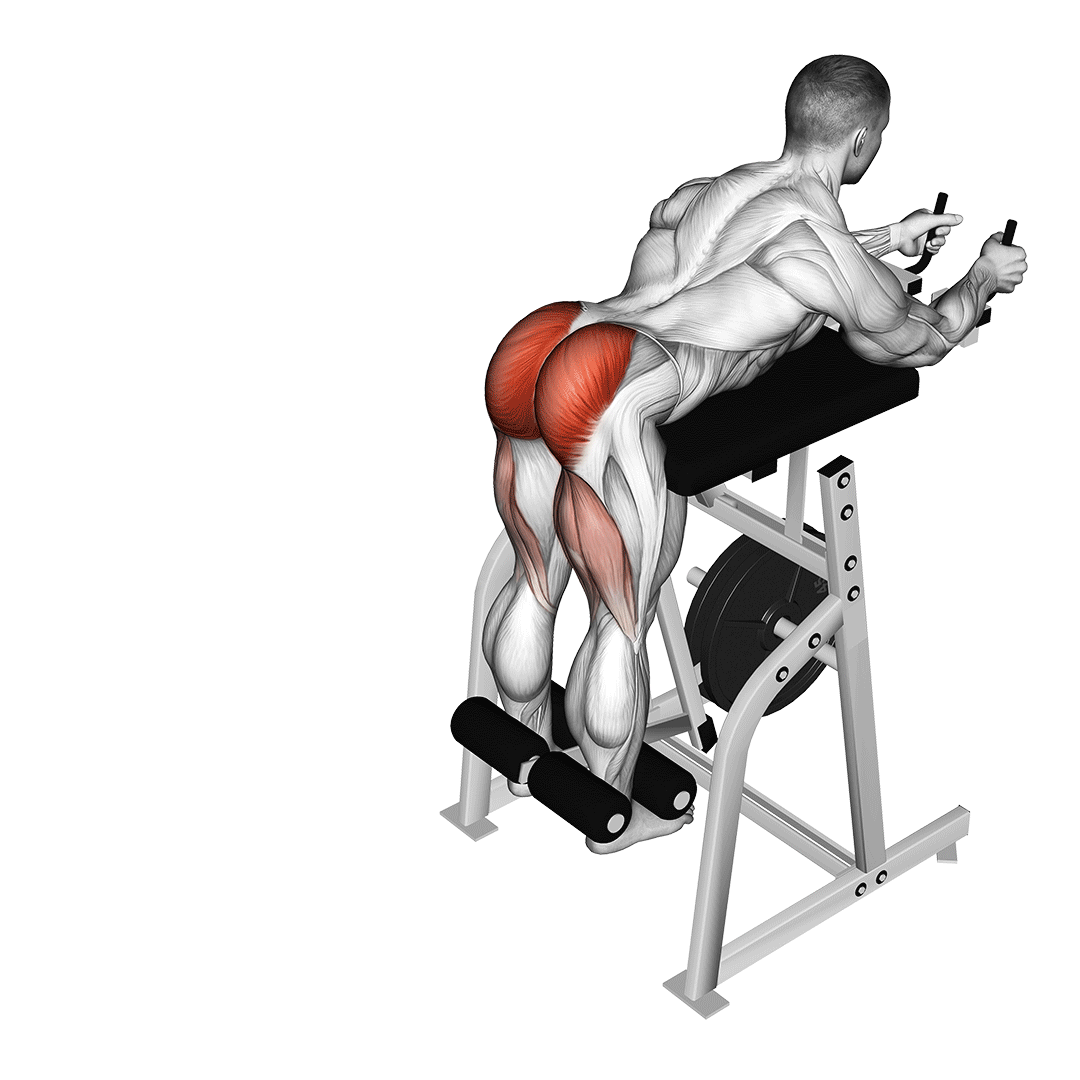
This contracts muscles throughout the lower posterior chain in a large range of motion, and can be performed as a bodyweight, free weight or machine exercise as equipment permits.
The reverse hyperextension is occasionally the subject of controversy due to a supposedly large risk of lower back injury. So long as low resistance and proper form is followed, any risk of injury can be mitigated.
When programmed, the reverse hyperextension is most effective as either a warm-up exercise or as a supplementary movement performed at the end of a lower body workout.
Avoid using the reverse hyperextension as the main source of posterior chain training stimulus, as this can lead to injury or poor development.
Is the Reverse Hyperextension the Right Exercise for You?
The reverse hyperextension is an all-around solid and low risk exercise. However, if you have a history of back, knee or abdominal issues, it may be best to speak to a doctor first.
How to do Reverse Hyperextensions
Although reverse hyperextensions can be performed with a wide variety of different types of equipment, the general movement remains much the same, regardless of equipment.
To perform a repetition of the reverse hyperextension, the lifter will first lie chest down atop a hyperextension machine, back extension rack or similar object. Enough space should be present that the feet hang clear off the floor with the stomach and part of the pelvis touching the object.
From this stance, the lifter squeezes their core, grips the bottom of their bench for stability and straighten their knees.
With the knees now straight and the upper body pressed downwards, the lifter will squeeze their glutes and raise their legs backwards until they are elevated at the same height as the hips. Hold for several seconds before lowering the legs back beneath the bench - thereby completing the repetition.
What Muscles do Reverse Hyperextensions Work?
Reverse hyperextensions are a compound exercise, meaning that more than one muscle group is targeted when it is performed.
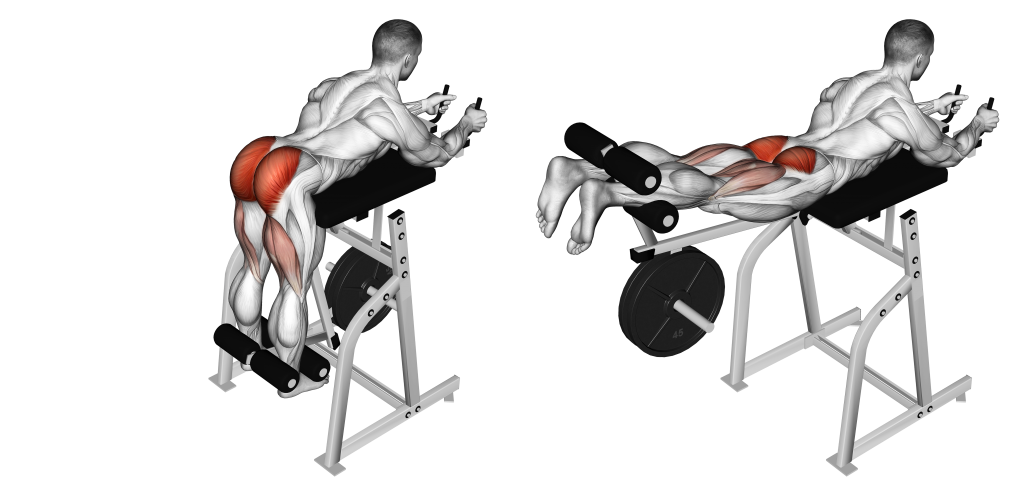
Although there aren’t that many in comparison to other exercises, these muscles nonetheless play different roles and are divided according to their manner of contraction.
Mobilizer Muscles
Mobilizer muscles are simply muscles that directly contribute to the movement through dynamic contraction.
In the case of the reverse hyperextension, the glutes and the muscles of the hamstrings all play a major role throughout the entire range of motion. In particular, the glutes create hip extension and ensure the legs are drawn upwards and above the hips when engaged correctly.
Stabilizer Muscles
Apart from the glutes and hamstrings, reverse hyperextensions also target the muscles of the back - specifically the spinal erector muscles located in the lower section of the back.
These are numerous and individually quite small, but operate as a single unit during the exercise to stabilize the entire movement.
What are the Benefits of Doing Reverse Hyperextensions?
Reverse hyperextensions are performed so as to achieve the following benefits.
Reinforces and Strengthens Lower Posterior Chain
The main advantage to including reverse hyperextensions into your workout is the muscular development they bring.
Not only do the glutes and hamstrings receive excellent and full-range development from just a few sets of this exercise, but so too do more often forgotten muscles like the spinal erectors.
All in all, when performed and programmed correctly, reverse hyperextensions can take your lower body workout to the next level. We recommend programming them alongside other lower posterior chain exercises like lying leg curls or deadlifts.
Reduces Future Risk of Injury
Reverse hyperextensions not only strengthen the muscles of the lower posterior chain, but also improve general mobility, stability and tissue integrity. In turn, this can help reduce the risk of any sort of injury occurring in the future.
Lifters who are especially worried about hurting their lower back or hamstrings during heavy resistance training can “bullet-proof” their posterior chain by including unweighted reverse hyperextensions into their preparatory routine.
Carryover to Other Lower Body Exercises
Reverse hyperextensions not only make other exercises safer but also improve the lifter’s execution of them.
This is achieved through both teaching the lifter how to correctly contract their posterior chain musculature, as well as by simply strengthening said musculature. In cases where the lifter has issues with isolating the mechanic of hip extension without moving their waist, the reverse hyperextension can also be a useful tool.
Improves Hip Extension Mechanic
As touched upon in the previous benefit, reverse hyperextensions are excellent for - well, extending.
It is the main mechanic involved and as such it provides ample opportunity to practice and smooth out the execution of said mechanic.
Hip extension is used in a wide variety of lower body activities, from performing a deadlift to simply walking in everyday life. Properly understanding how to consciously execute this mechanic (and strengthening the tissues responsible for it) is vital to lower body function.
Improved Overall Bodily Stability
The glutes, hamstrings and erector spinae all play important roles in maintaining bodily stability - even in cases where the legs themselves are not moving.
Exercises like the standing overhead press, barbell row or lat pulldown all make some use of these muscles to a certain extent, and can become difficult to stabilize if they are weak.
Reverse hyperextensions allow lifters to target these muscles in a slow and controlled manner, ensuring a full range of motion is achieved and that sufficient time under tension is present. Over time, this leads to greater isometric strength and endurance.
Common Reverse Hyperextension Mistakes
In order to avoid any injuries to the back, ensure you are not making the following common mistakes.
Raising the Hips Off the Bench
The first and most important mistake to correct is raising the hips off the bench. This is often a result of contracting the lower back too intensely, causing it to curl upwards and draw the glutes along with it.
Raising the hips or stomach off the bench will unnecessarily strain these lower back muscles, as well as compress the discs of the lower section of the spine.
To avoid this, one good cue is to drive the lower abdomen into the bench as the legs are being pulled upwards.
Alternatively, raising the hips in such a way can indicate that the lifter is having difficulty getting their legs into the appropriate position at the start of the repetition. In this case, swinging the legs a little is a better alternative.
Incomplete Range of Motion
Like all other exercises, failing to complete a full range of motion will cause the reverse hyperextension to be less effective. The ideal repetition should begin with the legs below parallel to the hips and feature a maximum height where the legs are either parallel to or above the hips.
An incomplete range of motion leads to certain muscles not being worked to the right extent, and can ultimately lead to sticking points or instability over the long term.
Excessively Rapid Tempo
The reverse hyperextension is by no means an explosive exercise.
Ensure that each repetition is performed in a slow and controlled manner, with the tempo lasting at least a few seconds with half of the movement.
Performing reverse hyperextensions too quickly can cause strain of the lower back, lead to poor muscular contraction and ultimately negate many of the benefits that it is performed for.
Bending the Knees
Although a slight bend in the knees is optimal for contracting the hamstrings, it is best to keep the legs themselves relatively straight. Doing so will help properly engage the posterior chain muscles and reduce any risk of strain being placed on the lower back.
Alternatives to the Reverse Hyperextension
If the reverse hyperextension isn’t quite possible for you, try the following alternatives out.
Back Hyperextensions
Back hyperextensions are quite similar to reverse hyperextensions in terms of impact, benefits and muscles worked.
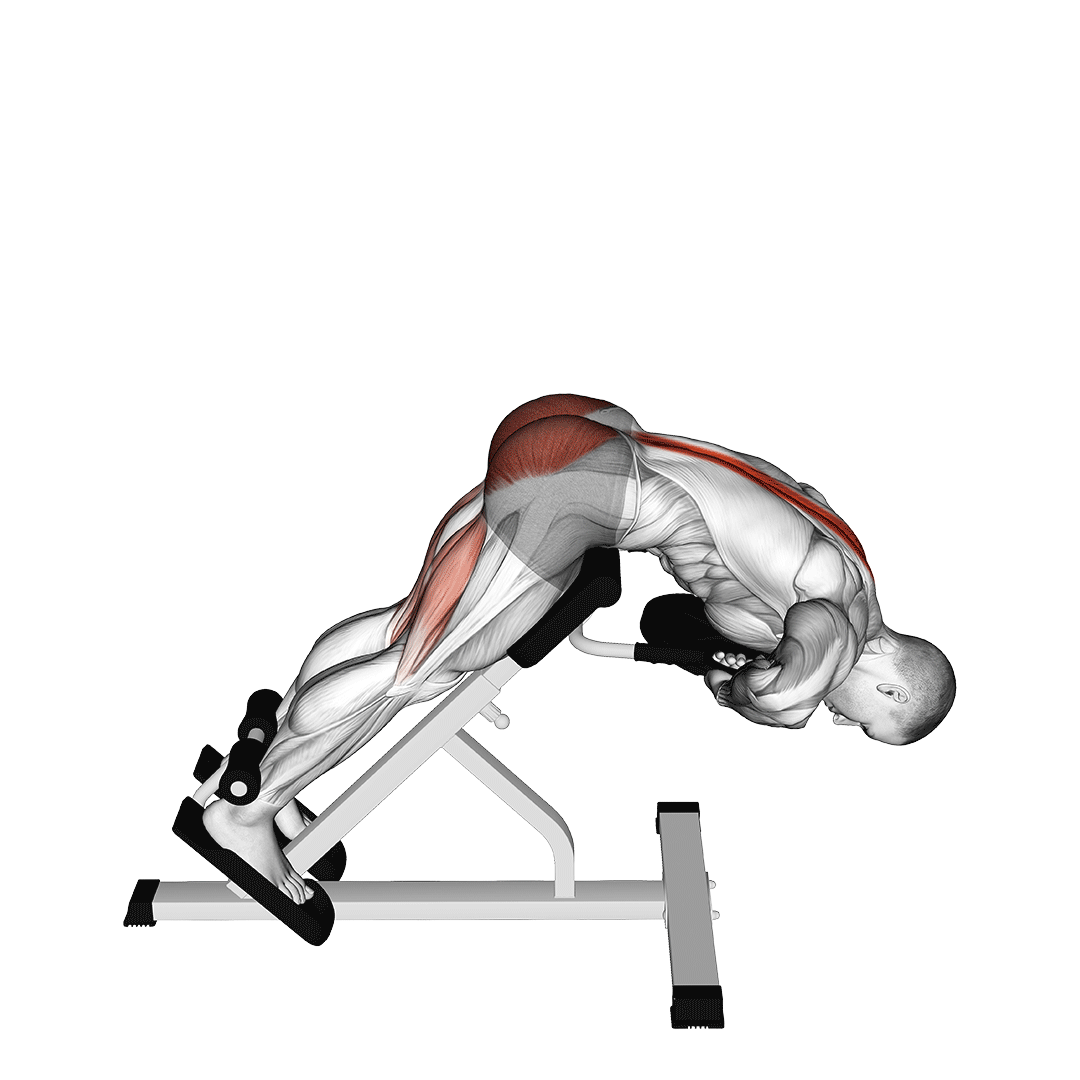
However, rather than having the lifter raise their legs backwards, they will instead hinge forward at the hips until bent over.
While this is indeed more strenuous on the back and spine, it allows for greater recruitment of the entire erector spinae and the upper section of the gluteal muscles.
Good Mornings
Good mornings are a free weight hip hinge exercise that targets the same muscles as reverse hyperextensions, only to a significantly greater intensity.

The good morning is more often performed by advanced weightlifters wishing to maximize the strength of their posterior chain muscles, improve back stability and smooth out their hip hinging mechanics. Novices should avoid it due to a markedly greater risk of lower back injury when performed incorrectly.
Romanian Deadlifts
Romanian deadlifts are a variation of deadlift where the hips are kept higher and the knees less bent, leading to greater recruitment of the hamstring and glute muscles.
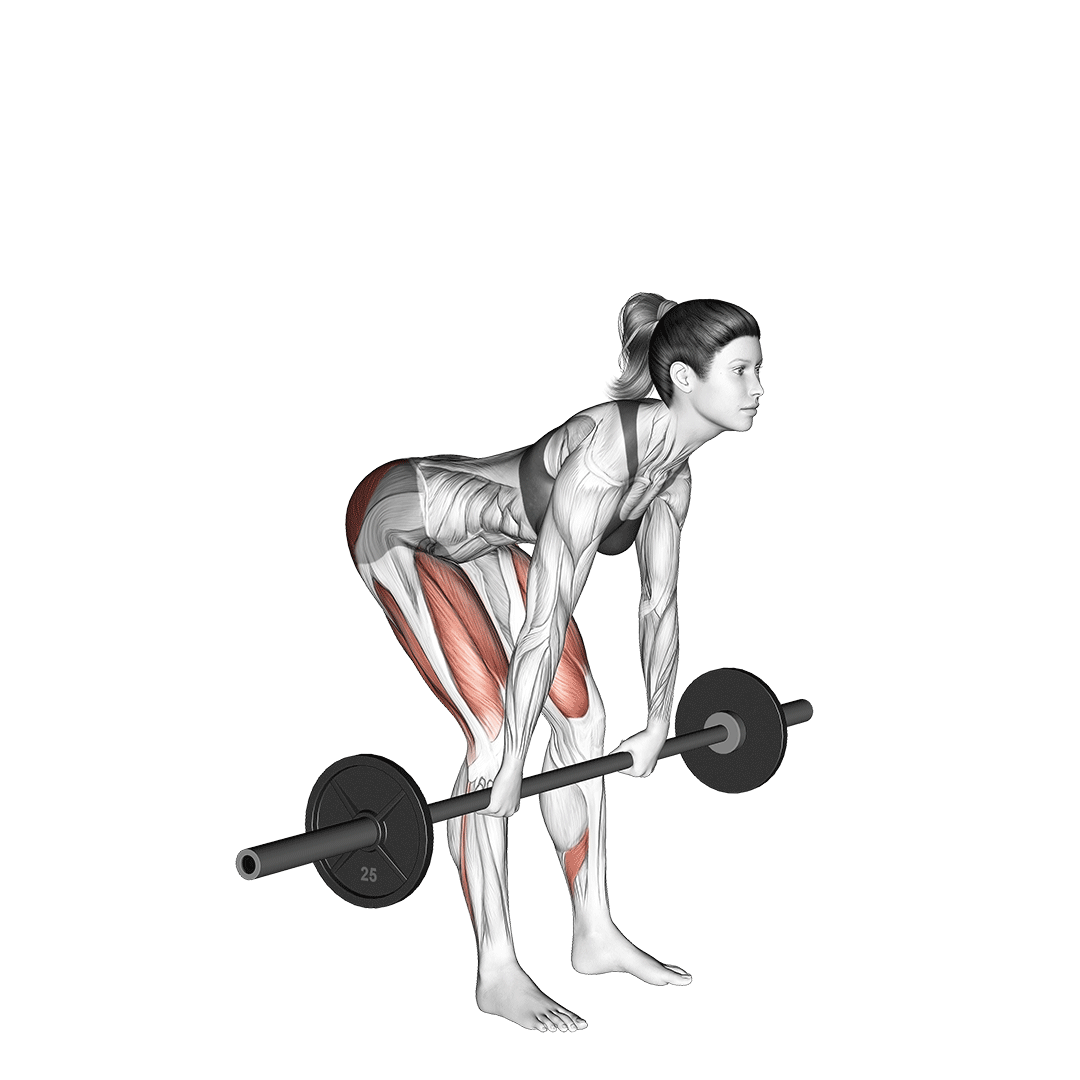
Unlike reverse hyperextensions, the Romanian deadlift is quite intense and technical in nature. As such, they are the ideal alternative if you find the former exercise to be too easy and ineffective for building the lower posterior chain.
Frequently Asked Questions (FAQ)
Are Reverse Hyperextensions Safe?
Yes - reverse hyperextensions are entirely safe, provided that they are performed correctly by an otherwise healthy individual. Avoid performing the reverse hyperextension with incorrect form, excessive weight, or if you have a history of injuries relating to the lower back or hamstrings.
When Should You Reverse Hyperextension?
Reverse hyperextensions are best done before or at the end of a workout, depending on whether they’re for warming up or actual training.
Generally, reverse hyperextensions should not be used in roles where significant loading is required. This means avoiding using them for serious strength-building, or as a primary compound movement in your training program.
Do Hyperextensions Improve Posture?
Yes - hyperextensions can improve posture issues related to muscular weakness or instability.
The erector spinae, glutes and hamstrings all play an important role in maintaining proper posture. These muscles are both stretched and strengthened when a reverse hyperextension is performed.
Final Thoughts
Reverse hyperextensions are a powerful tool when used in the right scenario.
Ensure that a full time under tension and range of motion are achieved with each repetition, as these aspects are pivotal for fully taking advantage of the exercise.
Remember to first perform reverse hypers with no weight if unfamiliar with them - and to seek out medical advice prior to doing so if you have a history of injuries in the lower body.
References
1. Lawrence, Michael A.; Chin, Andrew; Swanson, Brian T.. Biomechanical Comparison of the Reverse Hyperextension Machine and the Hyperextension Exercise. Journal of Strength and Conditioning Research 33(8):p 2053-2056, August 2019. | DOI: 10.1519/JSC.000000000000314
2. Vigotsky AD, Harper EN, Ryan DR, Contreras B. Effects of load on good morning kinematics and EMG activity. PeerJ. 2015 Jan 6;3:e708. doi: 10.7717/peerj.708. PMID: 25653899; PMCID: PMC4304869.

